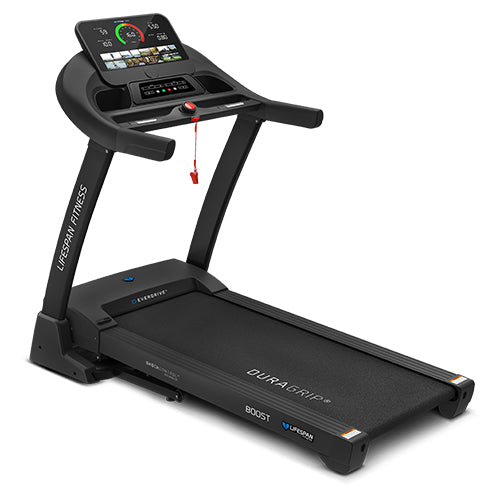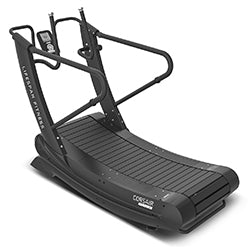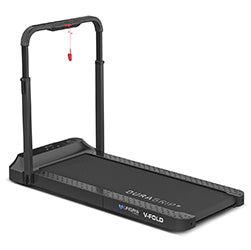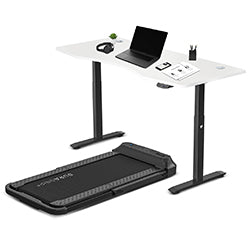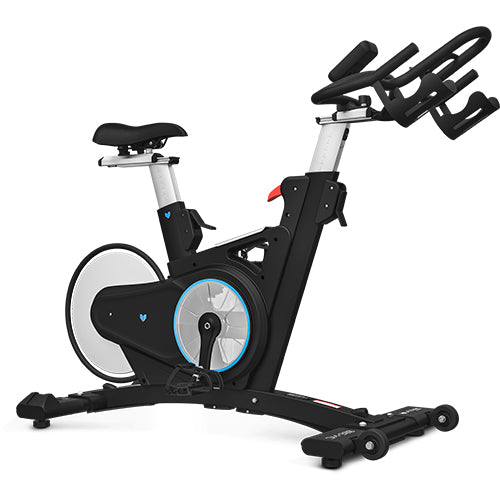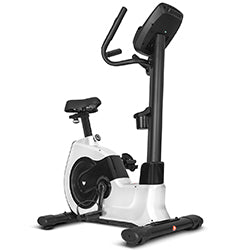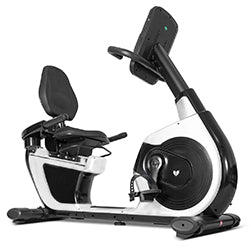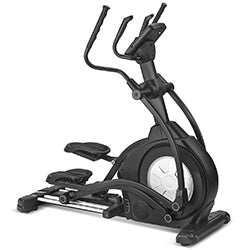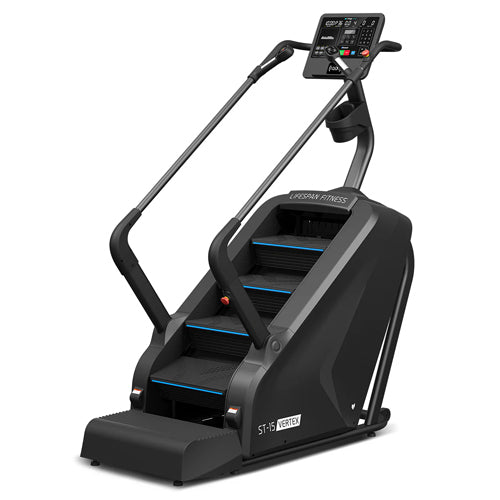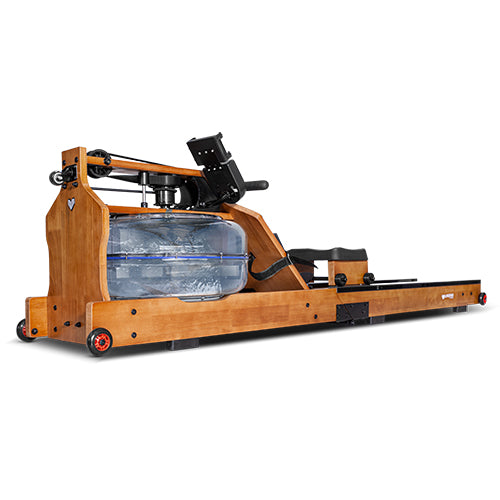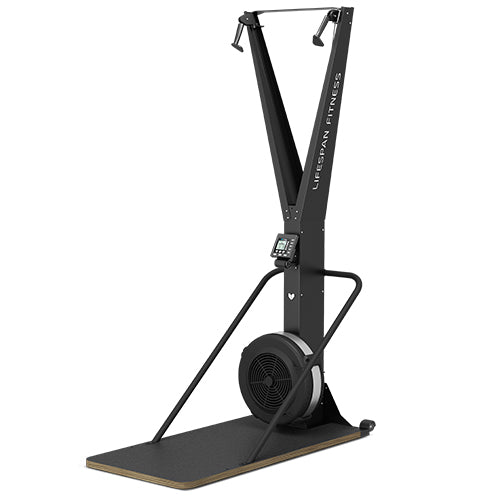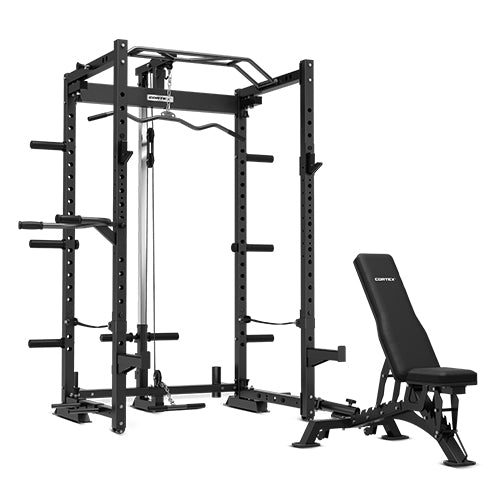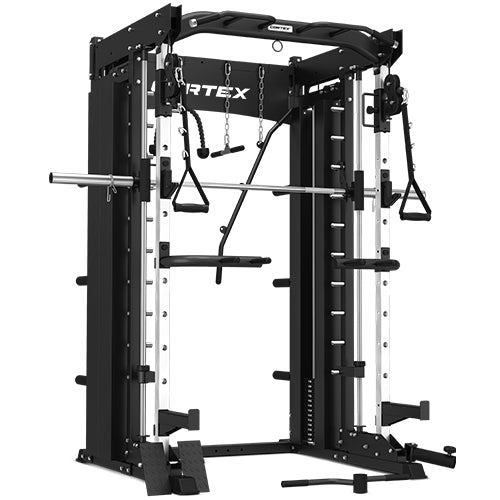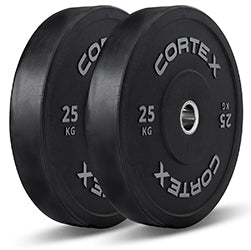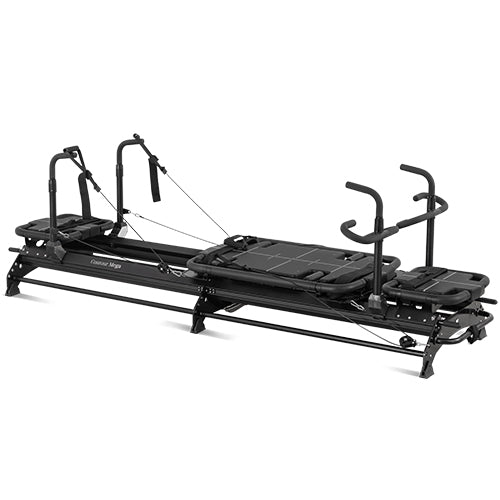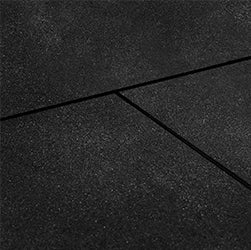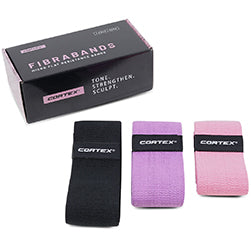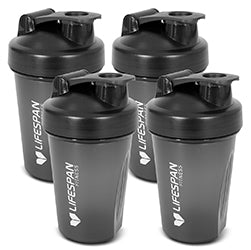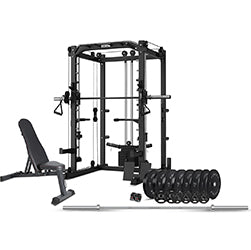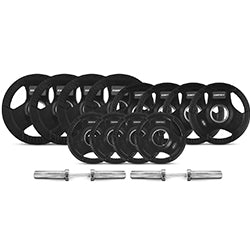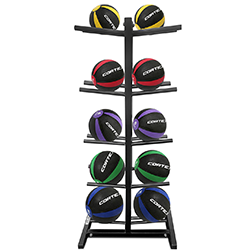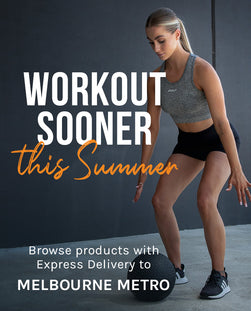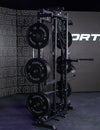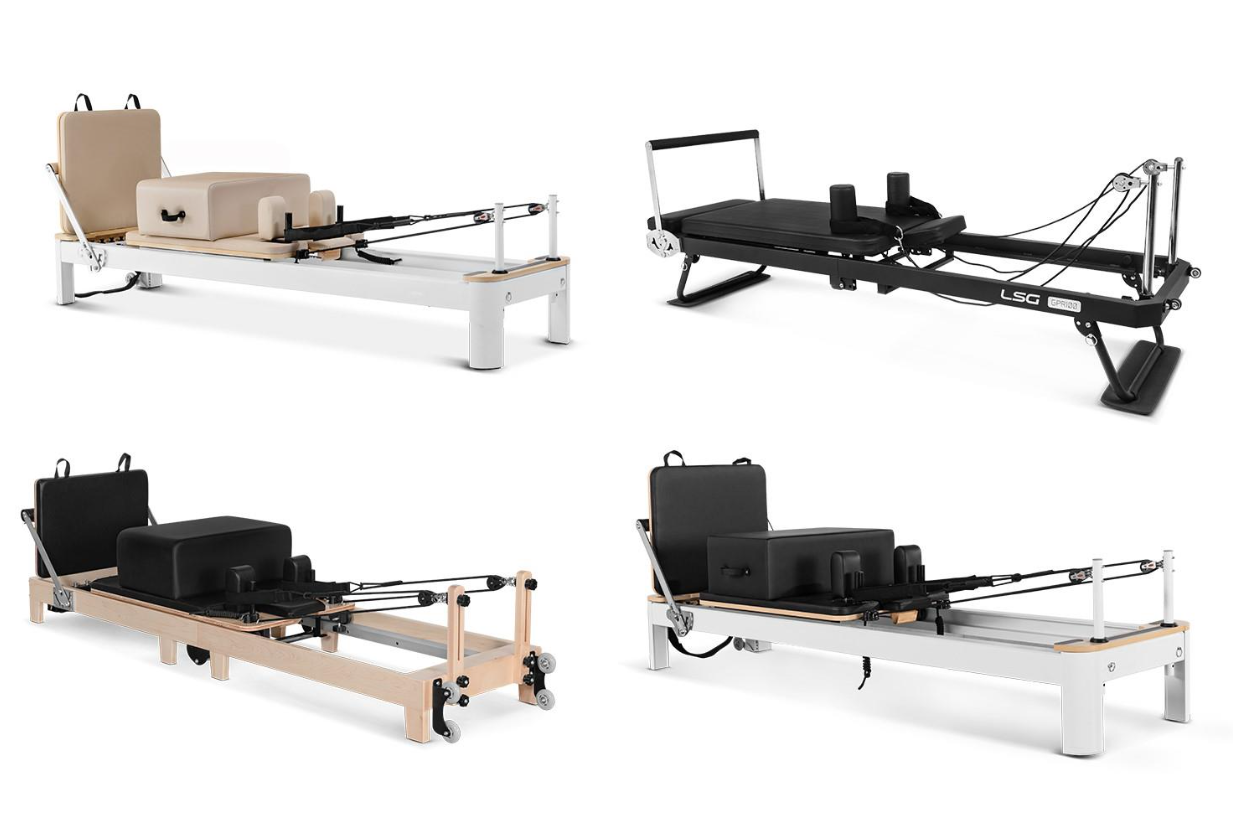

You’ve probably heard all the buzz around Reformer Pilates. Post-COVID has seen a huge surge in interest in this nearly 100-year-old exercise, with a recent estimate putting the number of regular users in Australia at over 1 million. If you’ve never really dabbled much in Pilates or only have a passing knowledge, you can feel a bit left out. That’s why we’re here to give you the rundown of everything you need to know about Pilates Reformers and whether they’re right for you.
What is the Pilates Reformer?

The Pilates reformer is a piece of equipment with a bed-like frame. It’s designed to improve strength, flexibility, posture and mobility through a combination of springs, a sliding carriage and a foot bar. There are a wide range of exercises that can be performed on a reformer and can be used to target muscles in every part of the body while remaining low impact. It’s one of the most popular tools in Pilates, being incredibly versatile and providing a deep, challenging workout.
History of the Pilates Reformer

The story goes that during WW1, a German prisoner of war, Joseph Pilates, wanted to help bedridden patients regain their mobility and strength. He attached springs to the beds to create resistance that would help them build strength while they were recovering. When he migrated to the United States in the 1920s, he opened his own fitness studio where he taught the techniques he’d developed. Over time, the Pilates machine evolved into the sleek, modern apparatus we know today, and is used in Pilates studios around the world.
Its design has stayed true to Pilates' original intent: to create a workout that improves strength, flexibility and body awareness.
How Does the Pilates Reformer Work?

The reformer consists of several key components:
- Carriage: The movable platform that slides back and forth along the frame.
- Springs: These provide resistance and can be adjusted to vary the difficulty of exercises.
- Foot Bar: Used for foot placement during exercises like footwork and stretches.
- Ropes and Straps: Used for upper body exercises to help with stretching, strengthening and toning.
- Headrest and Shoulder Blocks: Provide support during various exercises.
Benefits of Using the Pilates Reformer
- Improved Flexibility: The reformer helps stretch and lengthen muscles, enhancing flexibility and mobility.
- Increased Strength: Targeting key muscle groups with adjustable resistance allows for progressive strength building.
- Better Posture: Pilates focuses on alignment, which helps improve posture over time.
- Core Stability: Strengthening the core is a key benefit of reformer Pilates, which enhances overall body stability and balance.
Strengthening Your Core with the Reformer

The reformer is especially effective in strengthening the core muscles, which include the abdominals, obliques and lower back. Pilates reformer exercises challenge the core in ways that traditional exercises can't, improving stability and functional strength.
Enhancing Flexibility and Mobility
The resistance provided by the reformer not only strengthens muscles but also stretches them, improving your range of motion. Over time, this increases flexibility in the hips, hamstrings and spine, building better mobility and reducing your risk of injury.
How to Use a Pilates Reformer
Setting Up Your Reformer for a Safe Workout
Before starting, make sure your reformer is properly set up:
-
Adjust the Springs: The springs determine the level of resistance. Start with lighter springs if you're a beginner and adjust as you get more comfortable.
-
Position the Carriage: Ensure the carriage moves smoothly back and forth along the frame without obstruction.
-
Adjust the Foot Bar: Set the foot bar at a height that is comfortable for your body size and the exercises you’ll be doing.
-
Check Foot Placement: Make sure your feet are placed securely on the foot bar during exercises, and the straps are adjusted to your arms’ length if needed.
Common Mistakes to Avoid While Using the Reformer
- Don’t Overstretch: Be mindful of your body’s limits. Overextending can lead to injury.
- Incorrect Alignment: Always maintain proper posture and alignment. Misalignment can strain your muscles and joints.
- Poor Core Engagement: Pilates focuses on core strength, so always engage your abdominals to protect your lower back and get the most out of each exercise.
Reformer Pilates Exercises You Can Try

The Hundred
The Hundred is one of the most iconic Pilates exercises, designed to build core strength and endurance. Here’s how to do it:
-
Lie on your back with your legs in a tabletop position and your arms extended by your sides.
-
Lift your head, neck and shoulders off the carriage and pump your arms up and down while breathing in for five counts and out for five counts.
-
Repeat for 10 breaths (100 pumps in total).
Footwork

Footwork exercises focus on strengthening the legs and improving lower body stability.
-
Lie on your back with your feet placed on the foot bar.
-
Push against the foot bar to extend your legs, then return to the starting position with control.
-
Repeat for 10–15 repetitions, adjusting the springs for more or less resistance.
Ready to Start Your Reformer Pilates Journey?

Now that you understand the basics of the Pilates reformer, it’s time to start your own reformer Pilates journey. Get ready for a highly accessible exercise that will improve your strength, flexibility and posture.
Explore a wide selection of high-quality Pilates reformers at Lifespan Fitness and begin your transformation today. If you have any questions or need more guidance, don’t hesitate to contact us. We're here to support you every step of the way.
By incorporating the reformer into your fitness routine, you're one step closer to achieving a stronger, more flexible and more balanced body.




